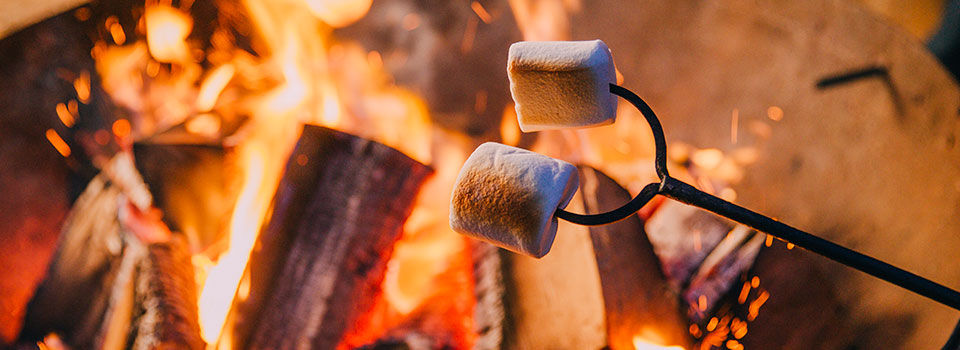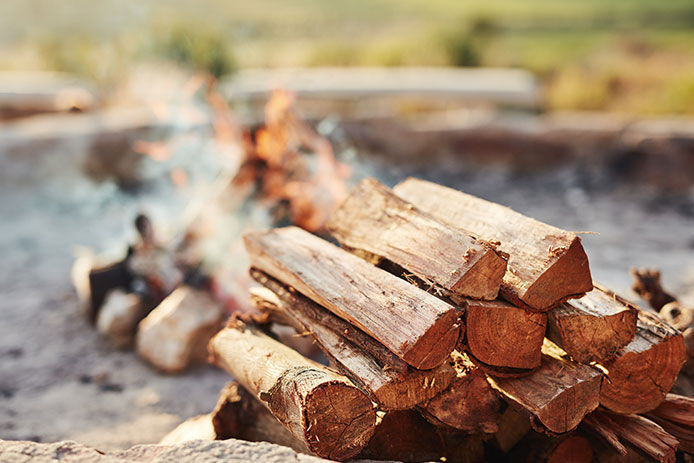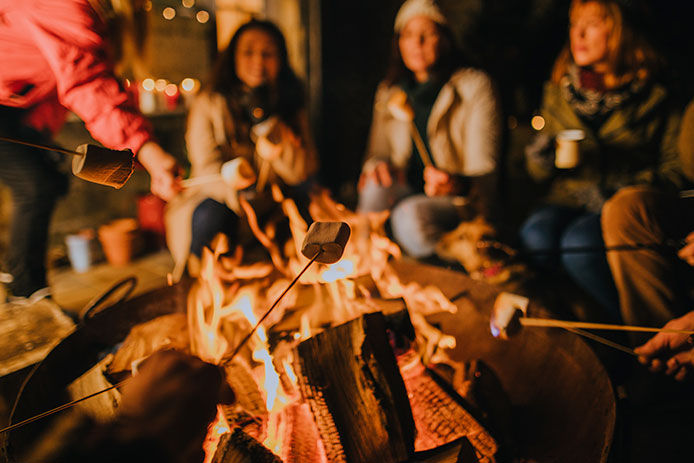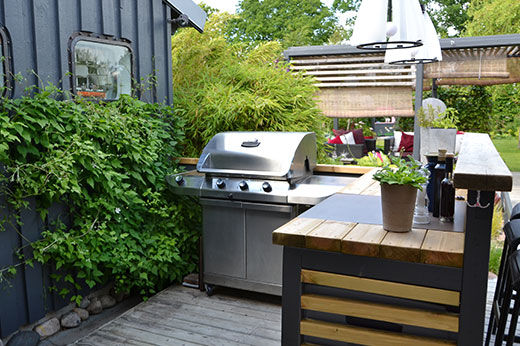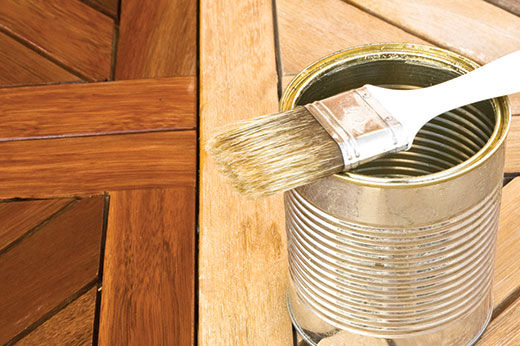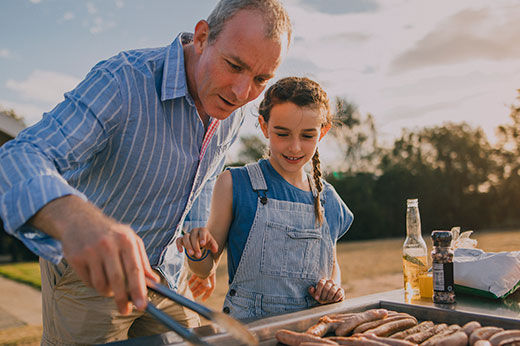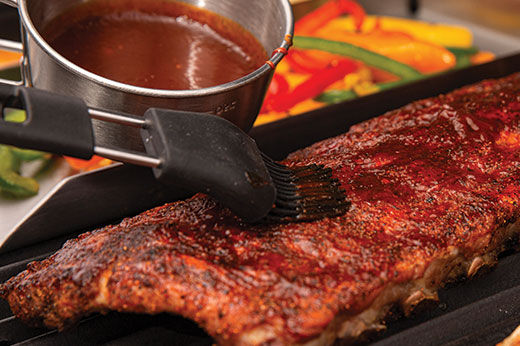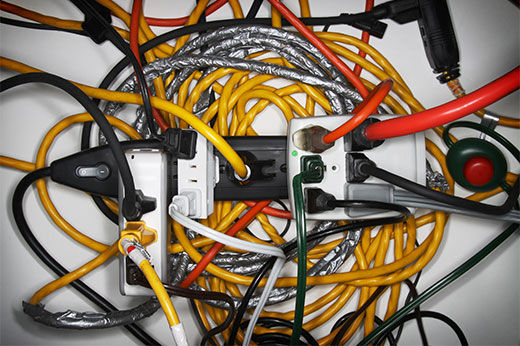Check for Local Burn Permits and Requirements
Start your backyard bonfire dreams with a call to the local fire department or the non-emergency line of your police department. Check and see if your city or county has any backyard burning restrictions. Burn permits may be required, even for the smallest backyard fire pits. Restrictions can change rapidly during the summer and fall as areas dry out and weather patterns change, so check in to ensure you’re allowed to burn before assuming you can follow the same old rules.
